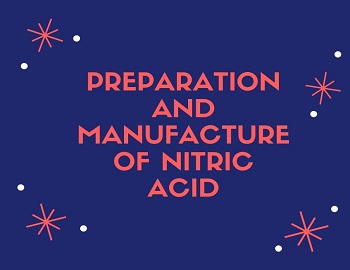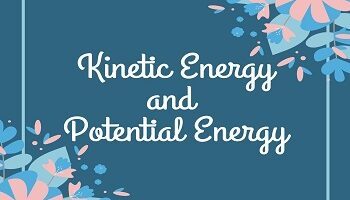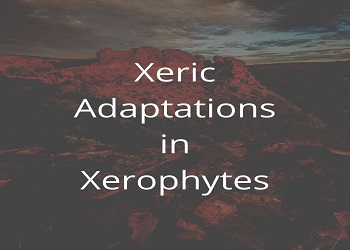Energy Flow in Ecosystem:
Sun is the ultimate source of energy used by living things. Green plants trap solar energy and convert it into chemical energy held in the bonds of organic compounds synthesized by them. They are able to utilize only 3% of the light energy that strikes on their green parts, the rest is dissipated as heat. The energy stored by plants is passed to primary consumers and from them to secondary and tertiary consumers. Thus there is a flow of energy from producers to consumers. At each transfer, a large proportion (80-90% of potential energy) is dissipated or lost as heat is produced during respiration and work done by the body. According to the second law of thermodynamics, whenever energy is transformed from one form into another, there is a decrease in the amount of utilizable energy.
Transfer of Energy in Ecosystem:

In an ecosystem, the food chain represents a stepwise transfer of energy contained in the food. Various steps in the transfer of energy are as follows.
First Step: Green plants absorb about 1 percent of the total energy of the sun reaching the earth and by the process of photosynthesis convert it into potential chemical energy. This energy is stored in plants as carbohydrates. A part of this energy is used by plants in performing their metabolic activities like growth, respiration, etc. Some of the energy is utilized by the plants in growth and tissue binding. Some of the energy is not utilized and is released as heat in the environment.
Second Step: When plants are eaten by herbivorous animals, the chemical energy stored in plant food is transferred to the herbivorous animals. Herbivorous animals utilize this energy for their metabolic activities and growth. Here again, some of the energy is released as heat into the environment.
Third Step: The primary consumers or herbivorous animals are eaten by the carnivorous animals. The chemical energy stored in the flesh of herbivorous animals is transferred to the carnivorous animals. These animals utilize this energy for their metabolic activities and growth. Here also some of the energy is lost to the environment as heat. This process is repeated again at every step of the food chain.
This transfer of energy from one trophic level to the other is called the transfer of energy in a food chain of an ecosystem.
Some of the energy from producers and consumers is also utilized by the decomposers (micro-organisms) in their life processes. The decomposers release the unutilized energy as heat into the environment. The heat energy which remains unutilized by the producers, consumers, and decomposers is lost into the environment as heat. This is called community heat.
From the transfer of energy in a food chain, we can conclude the following points:
- Energy is converted from one form to another but it can not be created. In fact, plants convert the sun’s light energy into chemical energy. We call the plants as producers. But plants do not produce energy. Actually, they only convert light energy into chemical energy. Therefore, plants are called converters of energy or transducers.
- There is a continuous transfer of energy from one trophic level to the next trophic level in the food chain. The transfer of energy takes place in the form of the chemical energy of food. Thus, energy is transferred from the plants to the herbivores and from herbivores to carnivores:
| Plants ———-> Herbivores (Deer) ———-> Carnivores (Lion) |
- At each trophic level, some energy is utilized by the organisms for metabolic activities. Some energy is passed on to the next trophic level and some energy is lost as heat
- The amount of energy available is less at each trophic level than the energy available at the previous level.
- The energy lost as heat at each trophic level, if taken together, is quite substantial.
Thus, there is a gradual decrease in the amount of energy available from the first trophic level (plants) to the second trophic level (herbivorous animals) to the third trophic level (carnivorous animals).









Comments (No)